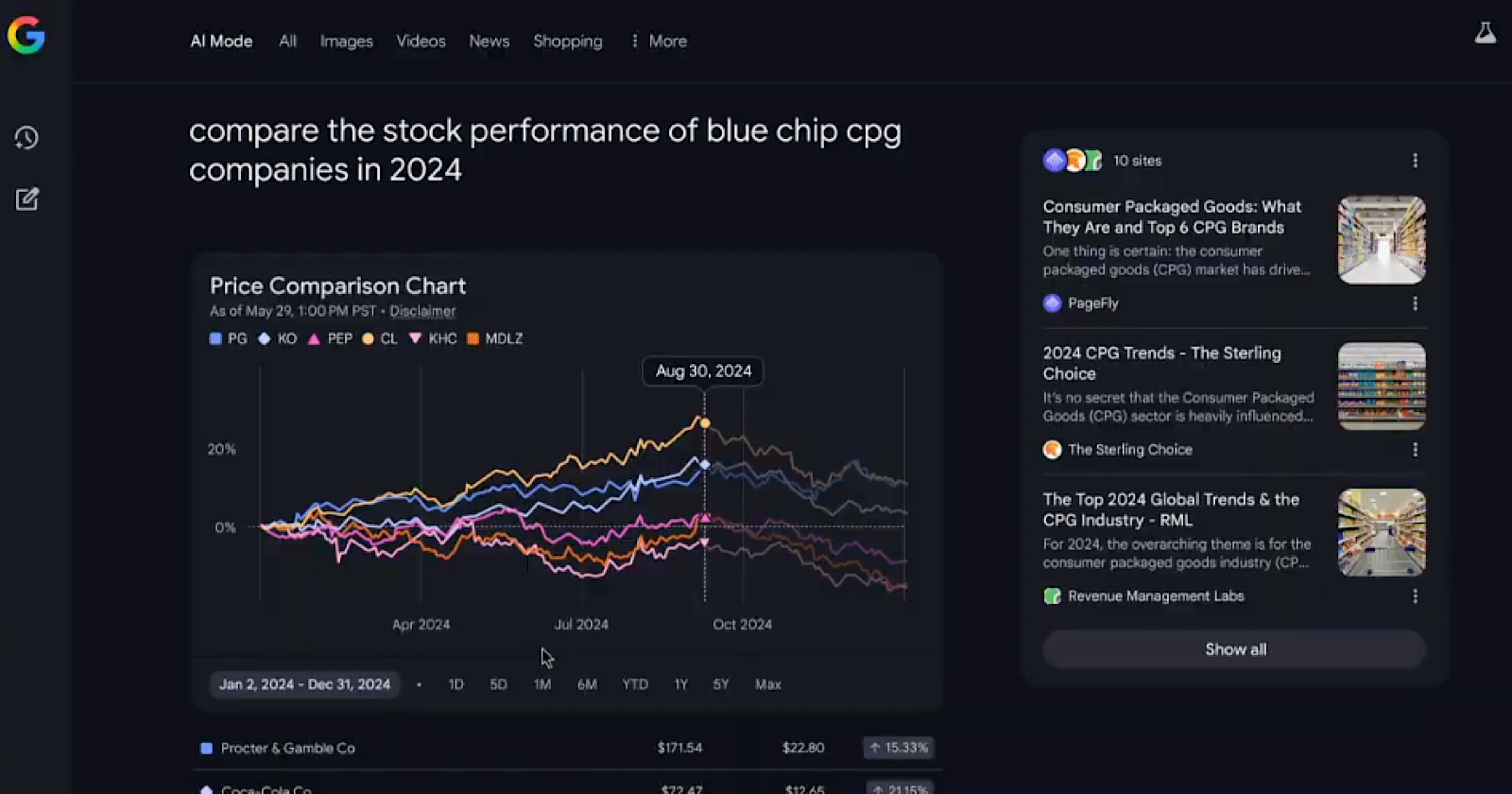What internal comms pros can learn from streamers
Rethinking ways to reach your employees. When thinking about internal comms, it’s easy for your mind to revert to the same old tactics for employee outreach. There’s the intranet posts, the blog updates and the employee newsletters — those are tried and true ways to get through to your people. But in a fast-paced work […] The post What internal comms pros can learn from streamers appeared first on Ragan Communications.

Rethinking ways to reach your employees.
When thinking about internal comms, it’s easy for your mind to revert to the same old tactics for employee outreach. There’s the intranet posts, the blog updates and the employee newsletters — those are tried and true ways to get through to your people.
But in a fast-paced work environment that often sees employees dispersed in different locations, experimenting with new tools proves useful. It can even mean looking in unusual places, like the world of content streaming for pathways to foster genuine connections with employees.
We spoke with Ashray Urs, head of Streamlabs at Logitech, to learn more about how internal communicators might be able to learn a thing or two from the world of streaming.
Discovering a solution
Urs told Ragan that while Logitech’s Streamlabs wasn’t made with internal communications in mind, the team discovered that it greatly improved production quality for meetings and made communication between colleagues smoother.
“Streamlabs was designed for online live streamers, but we’ve found it can enhance the production quality of internal video communications,” Urs said. “This includes all-hands meetings, department meetings and earnings calls to improve audience engagement and interaction.”
Urs said that using streaming platforms can help internal communicators beyond the visual aspects of a simple video call. He alluded to features that streamers use like interactive chats and dynamic pop-ups, including polls to keep audiences engaged. If it works for content streamers, it can work for internal communicators, too.
“Visually uninteresting meetings are likely to lose their audience quickly, especially if those audience members aren’t required to be on camera or don’t have effective ways to interact with the presenter,” Urs said. “Content creators and professional entertainers utilize these extra features to host exciting live streams for their communities and internal comms teams can utilize these same tools to drive better wide-scale communications across their organization.”
Urs added that while content streams are wildly popular in the consumer world, they haven’t yet made the transition to the world of work. Comms pros who can harness it stand to be at the cutting edge of comm tech.
“The potential to engage workforces internally through Twitch-style live streams is still largely untapped,” Urs said.
Rethinking the audience
The best communicators find success because they’ve got a deep knowledge of their audience’s content consumption habits. Urs cited a statistic from G2 that states that on average, people watch about 18 hours of video content a week, and internal communicators can form their strategies as a way to tap into that time — but only if they can do so in a way that’s authentic to their company’s internal voice.
“Acknowledging people by name and soliciting live feedback can make people feel like they’re part of a conversation and not just listening to another boring meeting,” Urs said. “The live stream format also offers a powerful way to connect with employees in real time and allow them to contribute, even if they’re based far away.”
Driving adoption
This might all sound great on paper, but every communicator runs into a simple question whenever they’re rolling out a new tool.
How can we get people to use this thing?
Urs outlined a few helpful methods:
- Creating new content ideas through self-assessment. Urs recommended that communicators examine the connection between comms tools and culture in their company. Determining which platforms employees use is just as important as figuring out the ones they’re not using.
- Utilize interactive streaming features like polls. “If polls and Q&As are popular with employees in your virtual watercooler on Slack or Teams, that’s something you can replicate on a broader scale at team meetings,” Urs said. “Noticing these patterns and formulating communication strategies to match them is how you can build a case for new communications technologies in the workplace. This will also help give your live stream productions a unique voice once you implement the latest tools.”
- Think like a streamer. Urs also recommended a mindset shift for internal communicators looking to stream. Don’t just use the platforms. Think like a streamer does when creating an audience and building your identity. “Just as creators develop their brands when streaming, companies can use similar tools and tactics to build trust and authenticity with their workforce,” says Urs.
Sean Devlin is an editor at Ragan Communications. In his spare time he enjoys Philly sports and hosting trivia.
The post What internal comms pros can learn from streamers appeared first on Ragan Communications.


























![How To Launch, Grow, and Scale a Community That Supports Your Brand [MozCon 2025 Speaker Series]](https://moz.com/images/blog/banners/Mozcon2025_SpeakerBlogHeader_1180x400_Areej-abuali_London.png?auto=compress,format&fit=crop&dm=1747732165&s=beb7825c980a8c74f9a756ec91c8d68b#)
![Clicks Don’t Pay the Bills: Use This Audit Framework To Prove Content Revenue [Mozcon 2025 Speaker Series]](https://moz.com/images/blog/banners/Mozcon2025_SpeakerBlogHeader_1180x400_Hellen_London.png?auto=compress,format&fit=crop&dm=1747758249&s=9f3c5b1b7421f862beace1cb513053bb#)
![How To Create an Integrated Strategy That Increases Brand Mentions and Visibility [Mozcon 2025 Speaker Series]](https://moz.com/images/blog/banners/Mozcon2025_SpeakerBlogHeader_1180x400_JamesH_London.png?auto=compress,format&fit=crop&dm=1747780409&s=9bf9f0a2623b4a8be6eaf8f235115505#)





















![The 11 Best Landing Page Builder Software Tools [2025]](https://www.growthmarketingpro.com/wp-content/uploads/2024/04/best-landing-page-software-hero-image-1024x618.png?#)

































































![Social media image sizes for all networks [June 2025]](https://blog.hootsuite.com/wp-content/uploads/2023/01/Social-Media-Image-Sizes-2023.png)


![41 Instagram features, hacks, & tips everyone should know about [new data]](https://www.hubspot.com/hubfs/Instagram-hacks-1-20240916-2633447.webp)




















